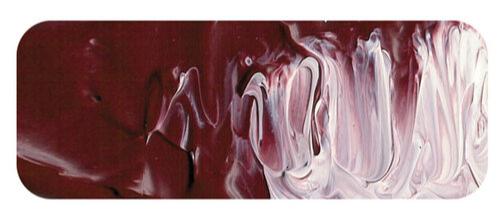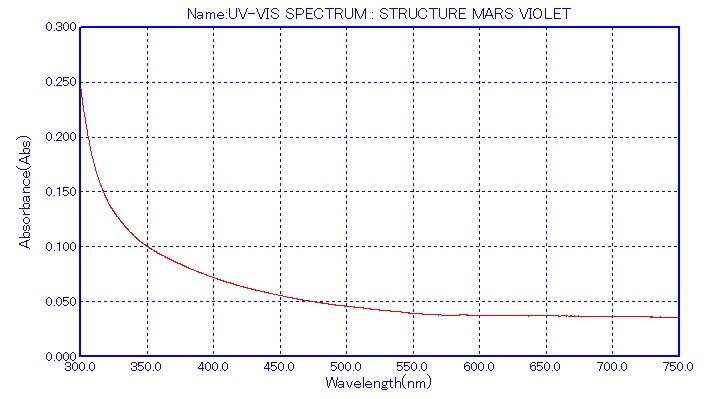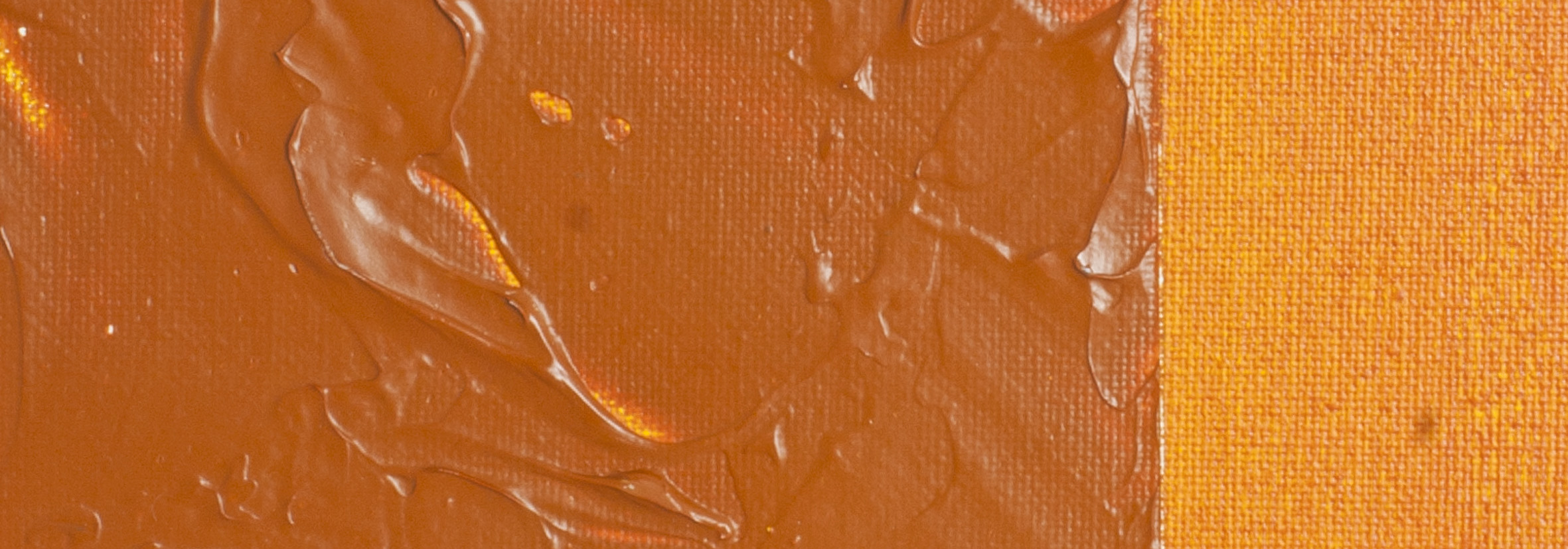Mars Violet | Matisse acrylic paint
Chemical Description: Synthetic iron oxide
Pigment Number: PR101
Lightfastness Rating: ASTM I
Pigment Opacity: Opaque
Paint Opacity: Opaque
Series 2

Mars Violet | Matisse acrylic paint
Historical Roots: From Antiquity to the 20th Century
Mars Violet, a term coined in the modern era, traces its ancestry to ancient times. The clays responsible for this violet hue were scarce compared to other iron oxides, gaining prominence in Greco-Roman art. Its Latin moniker, Caput Mortuum, translating to 'the head of the dead,' hints at a connection to the colour of blood in corpses. Despite its morbid name, this pigment found favour for expanding the range of earth colours into the violet spectrum.
Evolution through Art: Renaissance to the 20th Century
From the Renaissance until the 20th century, Mars Violet, often conflated with dark reddish iron oxide colours, including Indian red, played a role in artistic palettes. However, the deepest violet versions remained on the artistic periphery until the advent of synthetic versions in the 20th century. While not as ubiquitous as other red oxides, Mars Violet's unique colour has proven valuable for artists.
Versatility in Artistry: Lip Tones to Landscape Hues
Its unique properties make Mars Violet indispensable in various artistic endeavours. Primarily, it serves as the ideal pigment for replicating the natural colour of lips, unmatched by any other. Additionally, its dull earthy nature proves surprisingly valuable for landscape artists, serving as the base for creating dusky colours found in flowers and evening landscapes.
Muted Mauves and Infinite Possibilities
When blended with White and Ultramarine, Mars Violet produces muted mauves, capturing the atmospheric effects common in nature. Its permanence ensures confidence in applying various techniques. While Mars Violet may seem like a one-trick pony, its mastery of that one job is unparalleled. Artists who lean towards earth colours, Cobalt Blue, Titanium White, and Mars Black find Mars Violet among their most useful hues, especially considering the prevalence of violets in nature.
Poetry in Paint: Artistic Mastery
The marriage of Mars Violet with Cobalt Blue yields deep royal purples, and the addition of Titanium White transforms it into an array of soft mauves. Mixing with soft pastel yellows like Naples Yellow Light or Permanent Light Violet produces warmer reddish violets. This simplicity, evident in the palettes of artists like Hans Heysen or Namatjira, captures the myriad soft violets in landscapes, showcasing the poetic subtlety that Mars Violet brings to artistic expressions.

Safety Data Sheet for Matisse Mars Violet (SDS)
To view or download a copy of Mars Violet SDS, please CLICK HERE * (271kb)
*The above link will open an external Dropbox window

To install this Web App in your iPhone/iPad press ![]() and then Add to Home Screen.
and then Add to Home Screen.

